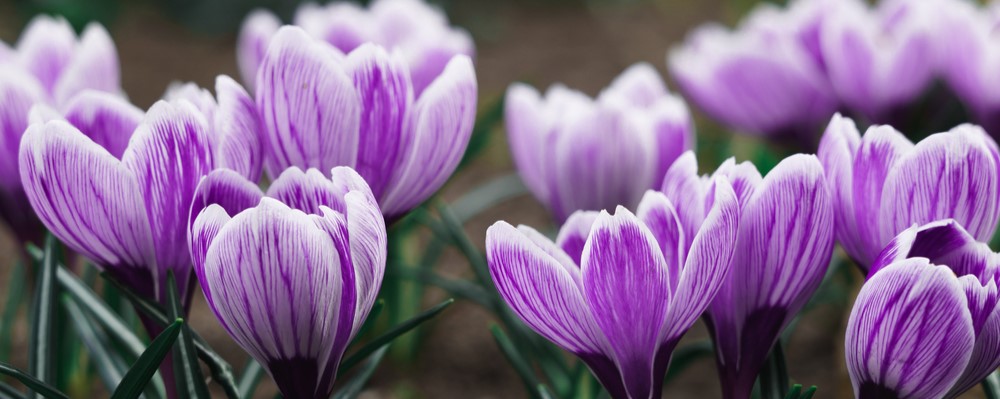Anticipating spring: Planting bulbs in autumn
23-10-2024
As autumn settles in, many gardeners are already dreaming of the vibrant blooms that spring will bring. But did you know that fall is the ideal time to start preparing for that burst of color? By planting spring bulbs in the cooler months, you’re setting the stage for a garden that will come to life once winter fades. From classic tulips and daffodils to the lesser-known winter aconites, autumn planting is your ticket to a flourishing garden come spring.

The Best Time and Place to Plant Spring Bulbs
Autumn is the prime season for planting bulbs, as they require a cold period to thrive and bloom in the spring. You can plant bulbs as late as December, as long as the ground hasn’t frozen solid. Bulbs like well-draining soil to prevent rotting, so choose your spots wisely. Moisture can be a bulb’s worst enemy.
If you’re planting bulbs in containers or pots, make sure the pot has proper drainage. You can create a solid base by adding potsherds or clay granules to the bottom, followed by a mixture of potting soil and sand to further aid drainage. Small bulbs, such as crocuses or snowdrops, thrive in containers and offer a beautiful display even in small spaces like balconies or terraces.
For your lawn or garden beds, consider planting bulbs like star hyacinths, snowdrops, crocuses, and daffodils. To plant them in the lawn, simply lift a section of grass, place the bulbs underneath, and replace the turf. Wait to mow the lawn in spring until the foliage has completely died back, or mow around the planted area. Marking the spot with a small stake or label can help you remember where your bulbs are tucked away.
It's also essential to consider the lighting needs of different bulbs. Tulips and daffodils flourish in sunny spots, while bulbs like bluebells and wild garlic do better in the shade.
How to Properly Plant Your Spring Bulbs
Timing is everything when planting bulbs. Smaller varieties, in particular, should be planted quickly to avoid drying out. As a general rule, bulbs should be planted at a depth that is two to three times their height, with the pointy end facing upward. If you’re unsure which way is up, planting the bulb on its side is a safe bet—nature will take care of the rest.
When it comes to spacing, allow for a gap of at least twice the width of the bulb between each one. Make sure they aren’t touching, as this could lead to overcrowding and reduce airflow, potentially leading to rot. For a more natural look, scatter bulbs randomly across your planting area and plant them where they land, making sure they aren’t too close together.
If you’re planting in containers, consider trying the ‘lasagna method,’ where bulbs are layered for a prolonged blooming period. Larger, late-blooming bulbs go on the bottom, followed by a layer of soil, and then smaller, early-blooming bulbs on top. This technique maximizes space and creates a continuous display of blooms throughout the spring. Add some winter pansies on the surface for an extra pop of color while waiting for the bulbs to sprout.
Key Tips for Bulb Care
Once your bulbs have bloomed, you may want to remove the spent flowers, but don’t cut back the foliage too soon. The leaves are vital for absorbing energy, which the bulbs will store to ensure a strong bloom next year. Early-flowering bulbs are also fantastic for attracting pollinators, contributing to the health of your garden's ecosystem.
By following these simple tips, you’ll be well on your way to a garden full of stunning flowers next spring. So, don’t wait too long—get your spring bulbs planted now while the soil is still warm, and start anticipating the beautiful blooms that are just around the corner!
What are you waiting for? Grab your trowel and get planting!
